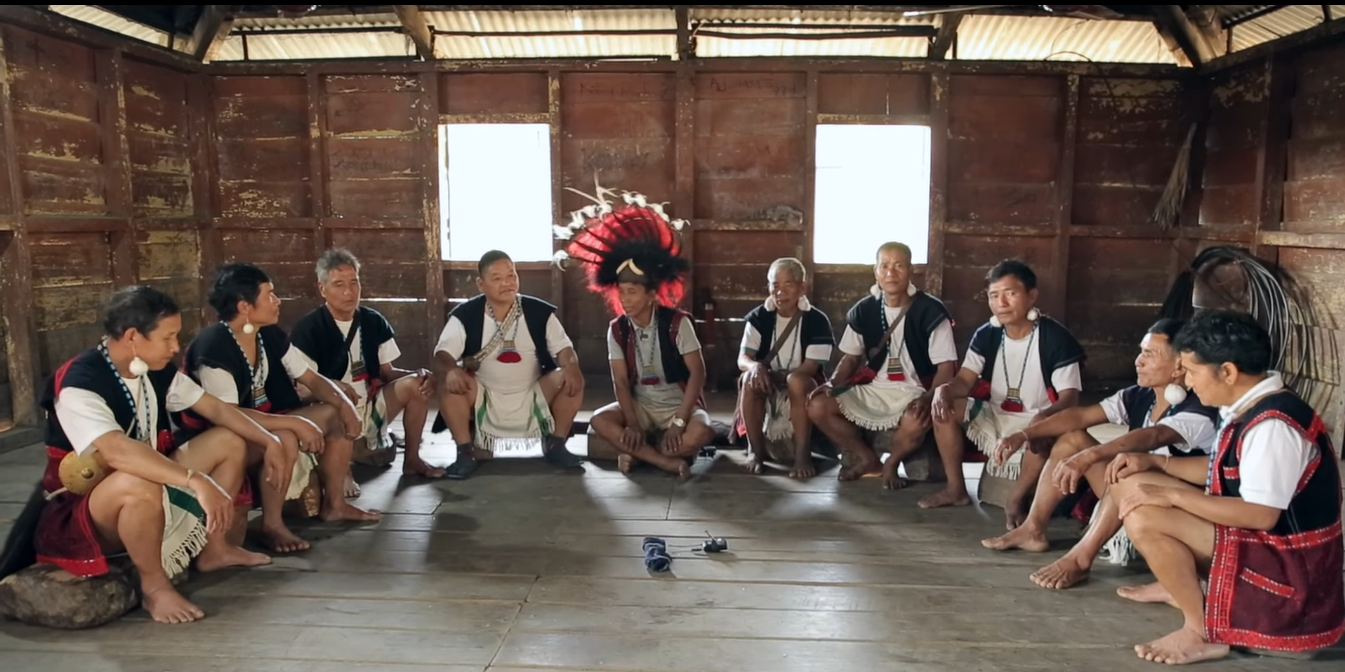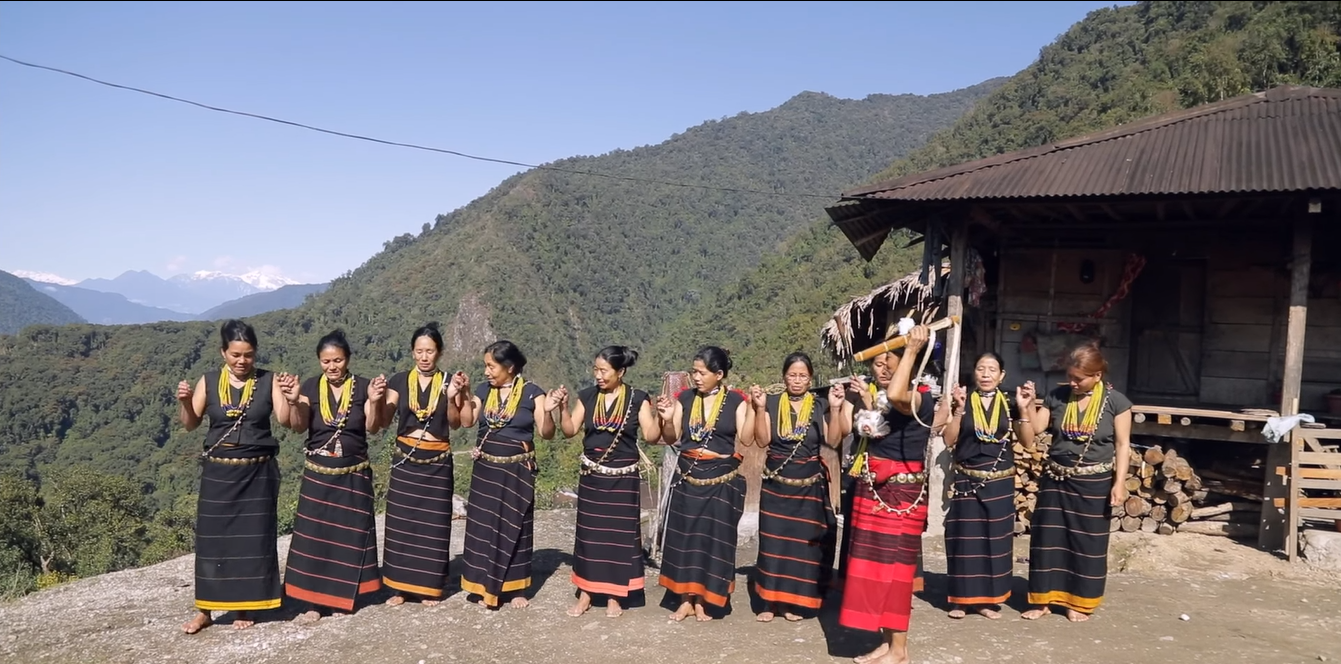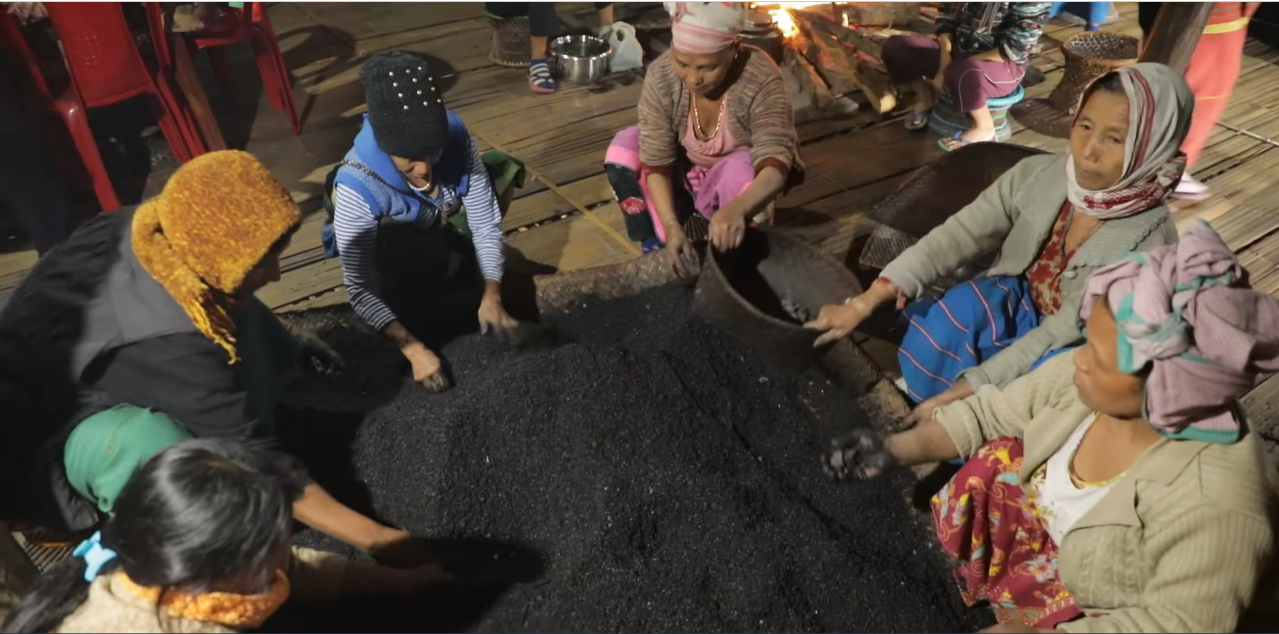practices showing communitarian life
Adi Tribe’s Communitarian Life, arunachal pradesh

"Adi" implies "hill men," and they are renowned for their strong cultural heritage along with a deep attachment with nature. This tribe is known to live in the subtropical and temperate tracts of the state covering areas of Siang, East Siang, Upper Siang, West Siang, Lower Dibang Valley, Lohit, Shi-Yomi, and Namsai districts. It is also one of the largest native tribes of Arunachal Pradesh in India.
The Adi tribe's farming practice is entirely communal so that the whole village may engage in agricultural activities. They cultivate wet rice and engage in shifting cultivation in food security for the community. The village council called Kebang has an important function in decision-making and conflict resolution.


The Adi tribe has a well-defined social structure. The village is led by a chief called the Gam or Gao Burra, who is supported by village elders. The community gathers in the Dere or Mosup (village community house) to discuss social and cultural affairs. This structure ensures harmony and cooperation within the village
The Adi society places great value on communal dwelling, nature, and ancestor veneration. There is a sense of interlinking between both the physical and spiritual worlds held by them, and most rituals are directed to keeping themselves at peace with nature. The Adi tribe pays homage to the sun (Donyi) and moon (Polo) as indicative of their religious penchant


Adi communitarian practices intensely affect the community. The practices bring unity, cooperation, and mutual assistance, hence protecting the well-being of all. Dense community cohesion bound by common cultural bond helps the tribe maintain culture and sustainable way of life



